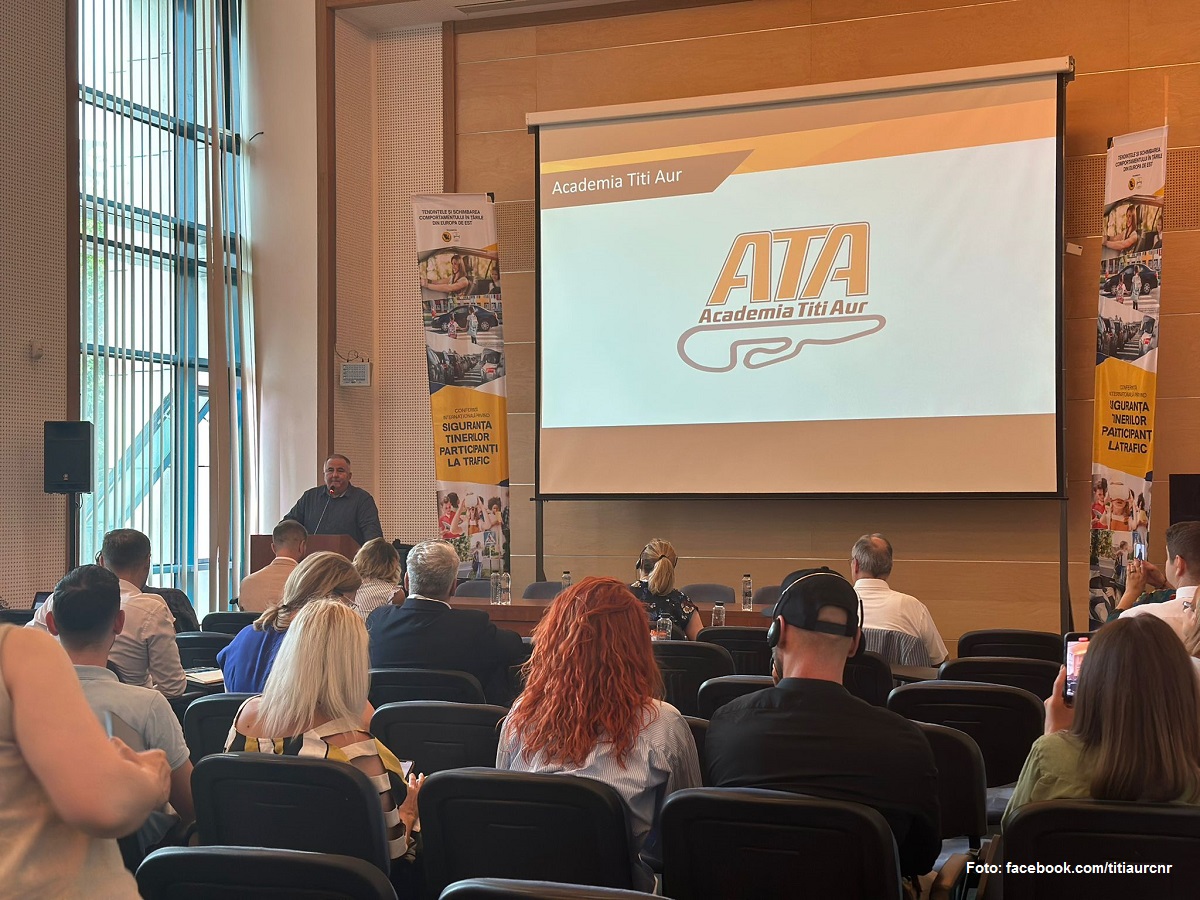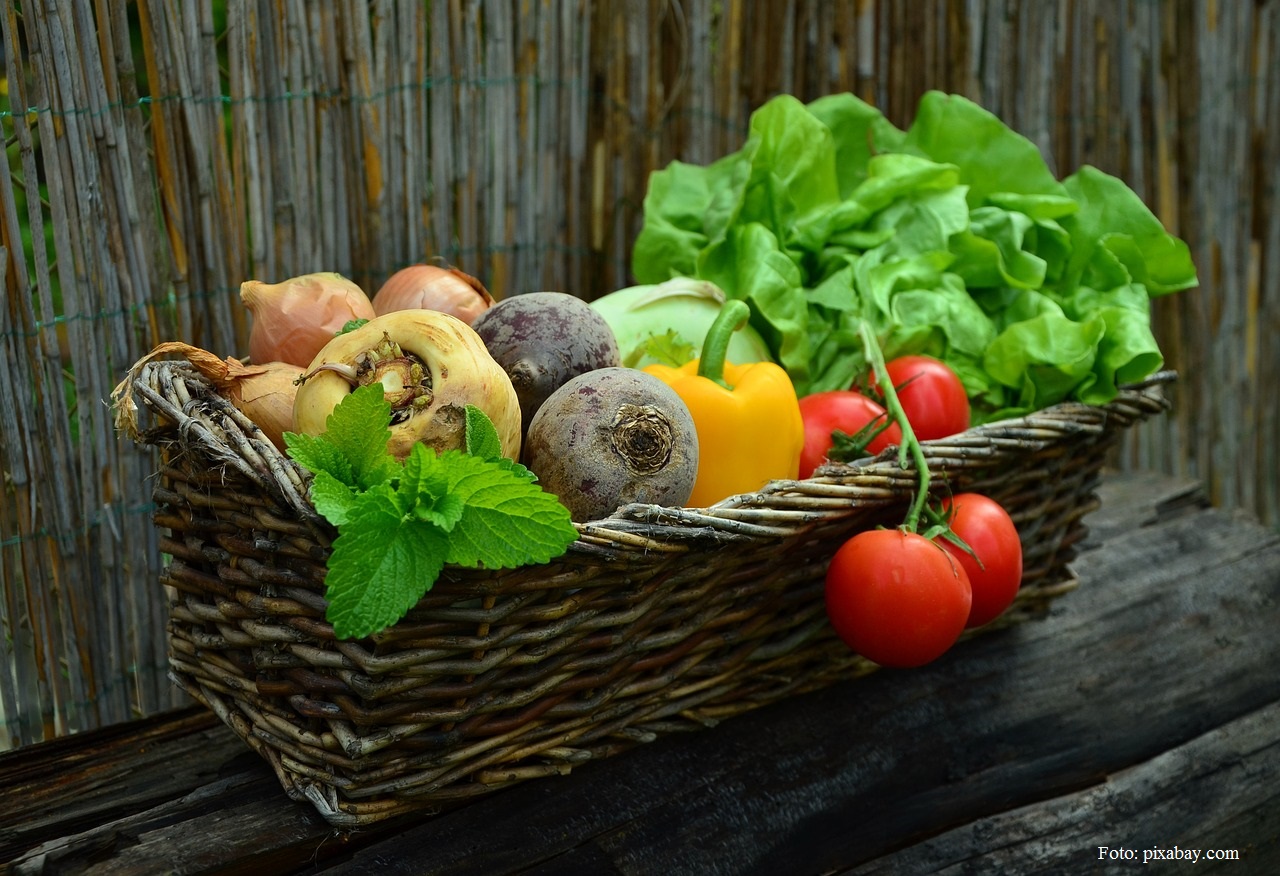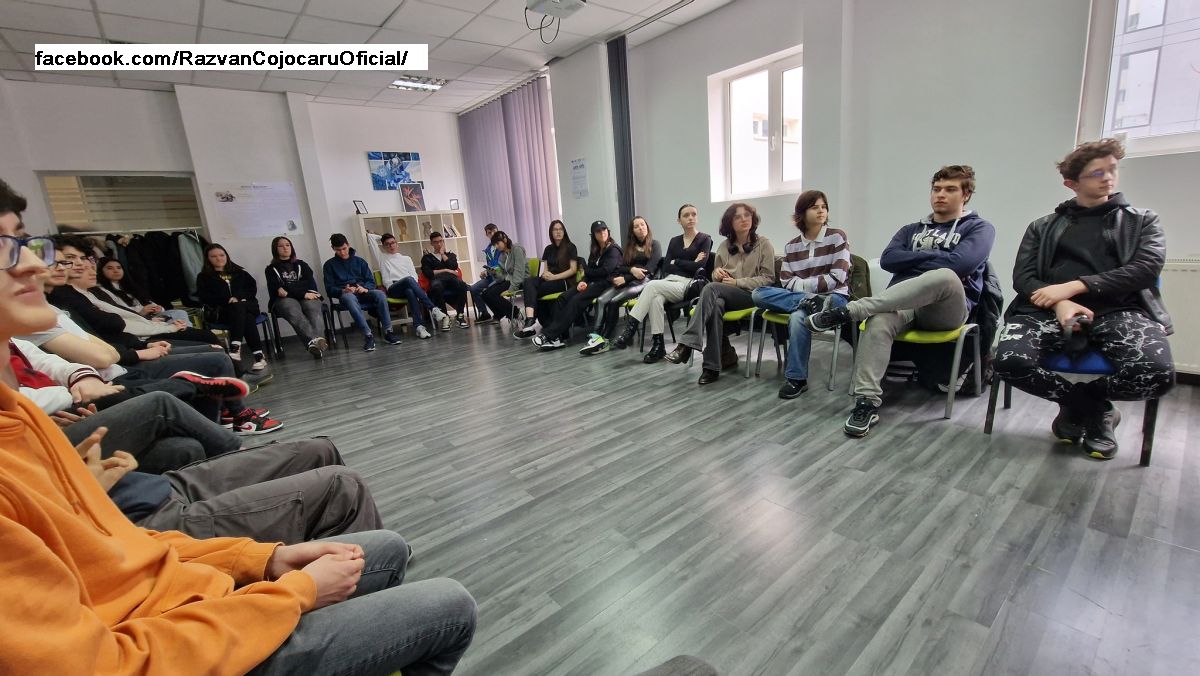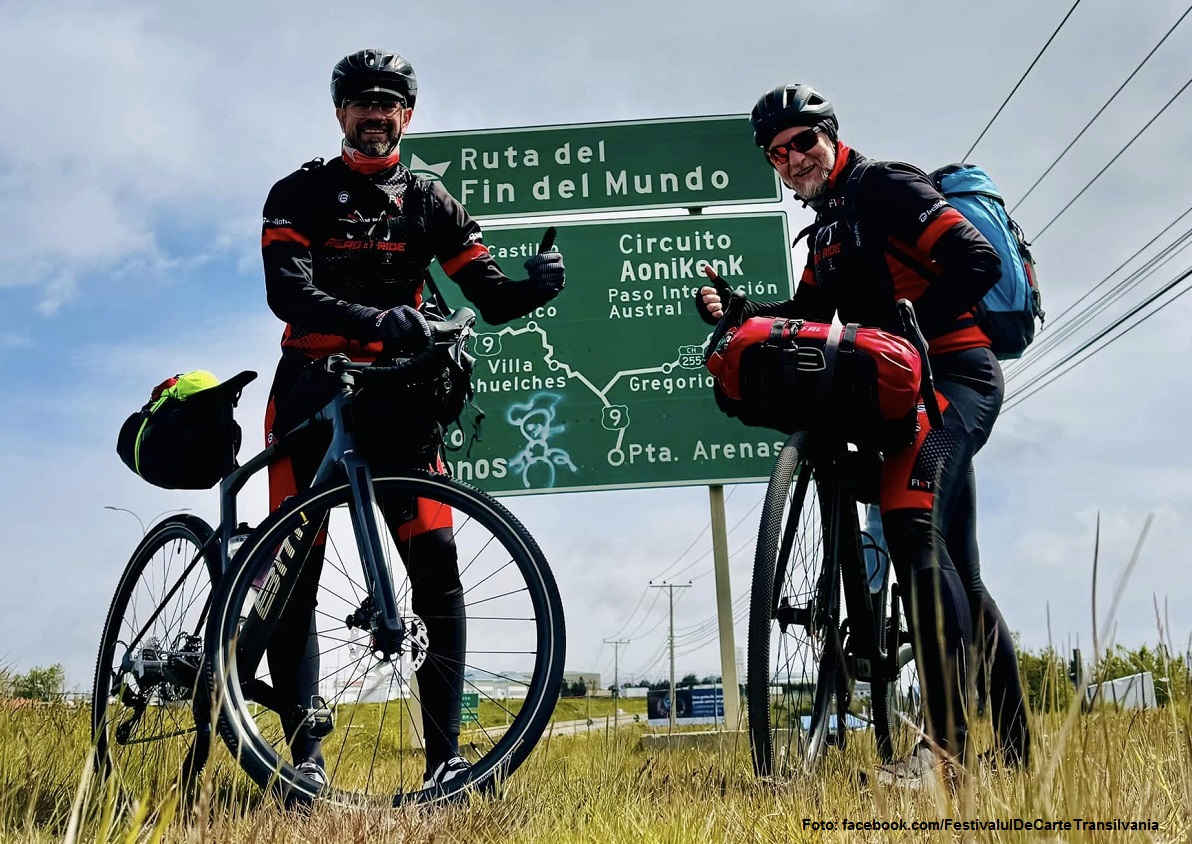EcoCapra
EcoCapra is a manifesto project for participation through art
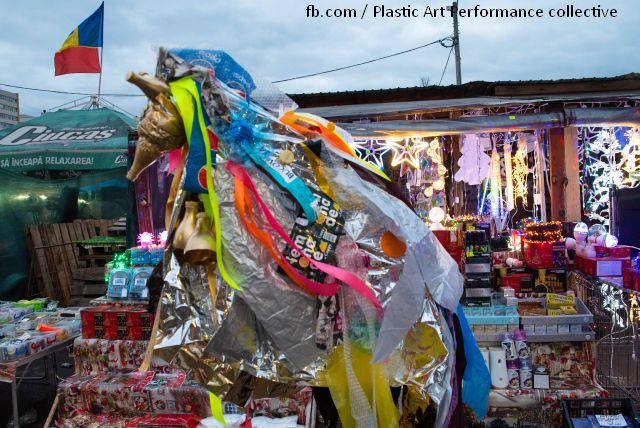
Ana-Maria Cononovici, 11.01.2022, 02:07
In Romania, the winter holidays involve traditions such as caroling with the Bear or the Goat, which in certain areas is referred to as a deer or a bison.
Today we are going to talk about such a goat, but a different one, the eco-goat, EcoCapra, a manifesto project for participation through art. The eco-goat is made of recycled materials, adapting the traditional figure to present reality, the need to responsibly recycle plastics. We talked about the project with Alina Tofan, actor and eco-performer:
“We have been trying this project last year too, the eco-goat, it is a reaction and manifesto against excessive consumerism and the waste we produce during the holidays. It is made mostly of plastics, but not only. Last year it was made out of plastic waste we already had, this year it was made out of holiday gift packages. It is a happening in itself, we carol the project partners, we adapted the traditional caroling test and brought it into a greener area, as a manifesto against such things.”
The project actually did change the traditional lyrics to better convey their ecological message, as Alina Tofan told us:
“Last year we also did a video performance, we filmed on the Black Sea shore, and it was very interesting that we were at the seaside on the very first day of the new year. There were loads of people on the boardwalk in Mamaia and Constanta, and they saw us, and so the Goat became a manifesto. The children reacted best to this idea, and understood it. They kept saying: Look, its made of plastic. The message being: Look, we are consuming too much. This year we went to a major market in Bucharest and took pictures in places that we deemed emblematic for waste and pollution during the holidays, like the places where Christmas trees are sold, packed in plastic, we also took pictures of us in places with loads of plastics, crowds of holiday shoppers rushing to the mall or the market, with bags full of shopping. We wanted to capture precisely the essence of things, because we just pass by all the the waste we leave behind, without even realizing. This will be captured in photographs. We obviously have also met traditional carolers, people in traditional clothing caroling the bear, and there was a dialog between my photographer partner and them. We told them how we wanted to highlight the fact that the plastic goat was meant to show how we are wasting too much. It was a dialog between two forms of performance, and I think that was very valuable.”
In the traditional goat carol, the goat dies, and asks the people who are being caroled for gifts that would bring it to life. In a similar fashion, the EcoGoat asks people for plastic bottles to come back to life. During caroling, people are asked to give empty plastic packaging, as we were told by our interlocutor:
“This is appreciated and encouraged, as an original idea. Sometimes we were stopped in the street, and asked if we could maybe sell such a goat, because it seems more interesting to carol with an eco-goat. Unfortunately, this is seen only as a fashionable trend. However, it is a good thing that it reaches our collective awareness, the fact that we pollute, that we consume too much, and the simple fact that the goat is made of plastics, materials we consume, is an alarm signal, which hopefully will become a part of everyday life.”
Alina Tofan added:
“This is just a part of a larger project run by myself and Georgiana Vlahbei, our collective is called Plastic Art Performance, we work under the Macaia Association. We generally dabble in eco-performance, eco-art, sustainable practices in the arts, and we try to contribute not only in changing mentalities, but also work on the spiritual level. We operate with concepts such as eco-spirituality, ecotrophy, concepts that we unfortunately find only in English. We are now attempting to translate and adapt them to the Romanian cultural space.”
The project, co-financed by the National Cultural Heritage Administration, proposes a public dialog and questions practices, representations, and uses of plastics, both on the individual and social levels.

